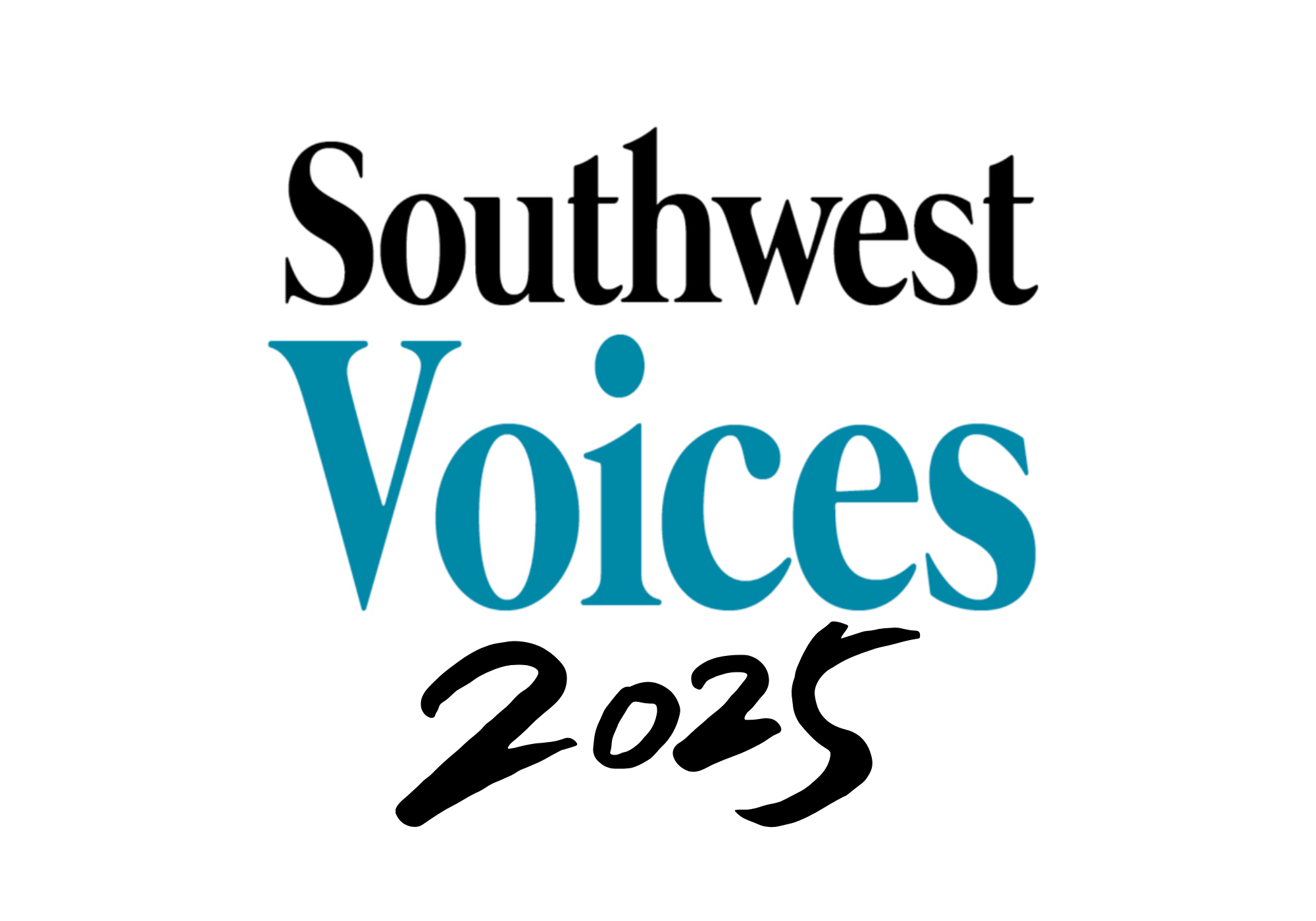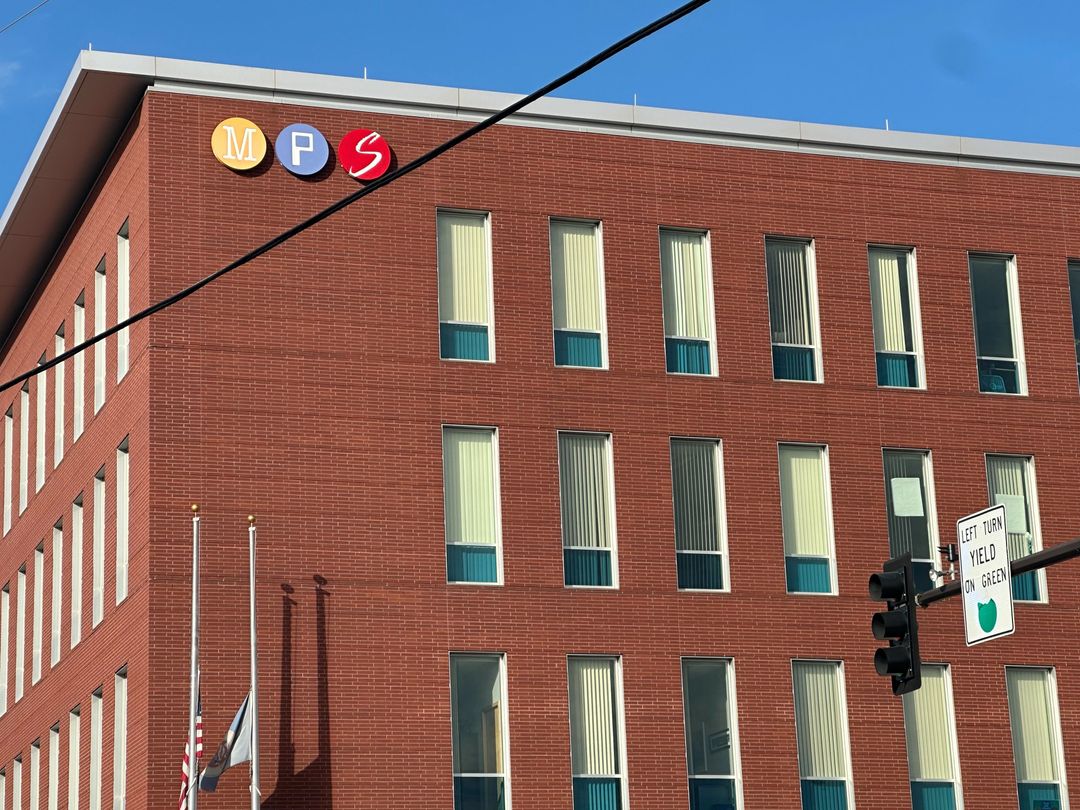“If I didn’t feel uncomfortable, then I shouldn’t [be] up here. What we’re sharing tonight isn’t positive in terms of our student data,“ said Executive Director of Strategic Initiatives Sarah Hunter, as she began her presentation of the district’s Minnesota Comprehensive Assessments data.

The assessments, given last May to students across the state in grades 3-8 in reading and math, showed a steep decline for Minneapolis Public School students, consistent with results across the state. The district’s proficiency rates are below statewide averages.
Statewide, math proficiency rates dropped from 55% in 2019 to 45%. At Minneapolis Public Schools, math proficiency declined from 42% to 33%. In reading, statewide proficiency declined from 59% in 2019 to 51% in 2022, while in the district, proficiency rates declined from 46% to 42%.
Minneapolis Public Schools math proficiency:
Overall: 33%
African American students: 8%
American Indian students: 9%
Free and reduced price lunch students: 9%
English learners: 4%
Special education students: 11%
White students: 61%
Minneapolis Public Schools reading proficiency:
Overall: 42%
African American students: 17%
American Indian students: 21%
Free and reduced price lunch students: 18%
English learners: 5%
Special education students: 16%
White students: 72%
Southwest Voices has compiled the state and district Minnesota Comprehensive Assessments data, which includes the percentage of change for each group of students.
Minneapolis Public Schools continues to have significant disparities between its students of color and its white students in state proficiency data, underperforming in educating students of color and outperforming in educating its white students.
The overall statewide and districtwide results cover up significant differences between student demographic groups that show a wide variation in proficiency rates, commonly referred to as “the achievement gap.”
Hunter called the data showing differences between white students and BIPOC students “sobering” and highlighted some of the most extreme differences which exist between African American and American Indian students and white students in math proficiency rates.
“We have single digit proficiency rates [in math] for our American Indian students and our Black students.” Just 8% of African American students in Minneapolis Public Schools are proficient at grade level in math, compared to 61% of white students, and 17% of African American students statewide. There is a similar pattern for the district’s American Indian students, with just 9% of students proficient at grade level in math, compared to statewide 16% proficiency for American Indian students.
The district continues to outperform the state proficiency rate for its white students in math and reading. Math proficiency rates for white students at Minneapolis Public Schools are 7% higher than the state average. Reading proficiency rates for white students at Minneapolis Public Schools are 18% higher than the state average.
In the district, math proficiency for white students fell with 71% proficient in math in 2019 compared to 61% in 2022. Statewide, math proficiency rates of white students declined from 64% in 2019 to 54% in 2022.
In reading, the district’s reading proficiency for white students declined from 79% in 2019 to 72% proficient in 2022. The statewide reading proficiency rate declined 21% from 68% of students proficient in reading at grade level in 2019 to 54% in 2022.
The Minnesota Comprehensive Assessments results also show significant disparities with students identified as English learners, needing special education services and/or qualifying for free or reduced price meals.
At Minneapolis Public Schools, only 4% of English learners are proficient in math, down from 10% in 2019. State proficiency rates for English learners dropped from 17% of students in 2019 to 11% of students in 2022.
Students who are identified for special education services in Minneapolis Public Schools had no change in reading proficiency from 2019 to 2022, with 16% of students proficient at grade level. Statewide, math proficiency for these students fell from 26% in 2019 to 20% in 2022.
Students who were identified as qualifying for free or reduced priced meals saw a decline in reading proficiency statewide from 39% in 2019 to 23% proficient in 2022. Within Minneapolis Public Schools, these students saw their proficiency rate decline from 25% in 2019 to 18% proficient in 2022.
Within the district, students who do not qualify for free or reduced price meals outperform their statewide peers in reading proficiency. From 2019 to 2022, their reading proficiency rate dropped in Minneapolis Public Schools from 75% to 65%. This compares to these students statewide who saw a decline in proficiency from 2019 to 2022, from 71% to 55%.
Students qualifying for free and reduced price meals in Minneapolis Public Schools saw both a larger percentage decline in proficiency rates within the district compared to other district students, but also started from a lower level of proficiency than their state counterparts.
Disparities between student groups reflect the inability of the district to meet students’ needs, according to Minneapolis Public Schools. Actions undertaken as part of the new strategic plan are meant to change district practices to better meet the needs of students whose needs have historically not been met.
Hunter stressed repeatedly that the scores do not reflect a lack of ability of students, saying “I would just acknowledge that’s our inability to meet their needs and doesn’t have anything to do with our students and their brilliance that they bring every day.”
The district’s strategic plan includes three specific strategies under Goal 1 (Academic Achievement) that Hunter says are meant to change assessment data in the future. These actions are 1. providing standards-based core instruction, which includes the district’ new K-5 math curriculum; 2. ensuring that curricula and instructional practices are anti-racist and culturally sustaining; 3. implementing professional learning communities at each school as a way to ensure students’ academic needs are being met. At the August Committee of the Whole meeting, there was a more in-depth discussion of what professional learning communities are and how they work. In the September Committee of the Whole meeting, there will be a presentation by Executive Director of Equity and Climate Derek Francis, and Senior Academics Officer Aimee Fearing on the district’s efforts to provide culturally responsive instruction. Hunter emphasized that the board should be hearing specifics about how the district is implementing these strategies, and if that isn’t happening, then the administration should be held accountable.
After Hunter’s presentation, Interim Superintendent Rochelle Cox responded saying, “That’s not an easy presentation to give. But we’re also a group of leaders who want to stay in a space of transparency with our community.” She added that several members of the administration have been brainstorming additional “courageous decision-making and strategies” beyond the strategic plan that the district could implement.
Board directors about how the district will address students’ unmet learning needs.
Regarding the use of professional learning communities as a strategy to address students’ academic needs, Director Kimberly Caprini asked about the accountability system the district is using to monitor compliance within schools with this strategy. She noted that in the past, there have been schools where educators have decided not to participate in learning communities. Hunter explained that this year learning communities are required to keep an updated record of their work, which principals can access. In addition, associate superintendents will be reviewing the implementation of professional learning communities with principals on a regular basis.
In the case that a school is not meeting the expectations around utilizing the learning communities, Hunter said the district is prepared to offer the schools support in terms of staff who can help facilitate the meetings.
Cox added, “I’ve committed the team, and they’re all in agreement, that those broad generalizations [of barriers to student learning] aren’t going to work for us any more. We’re going to have to start to be very deliberate in being able to identify where they are working and where they are not working.“
Cox stressed that with accountability will come support, even in cases where leadership may say, “‘you are going to take support’ because that’s really what we’re going to need to do to solve this problem.”
Director Sharon El-Amin said, “I’m deeply concerned about where we are as a district with our Black and Brown children and how they are failing at the hands of us while they are in our schools.” She asked what tools the district has in place to measure students outcomes before data becomes a news headline, and when the district might be able to take actions to change the trajectory of student outcomes.
Hunter explained that together with the Academics department there is work underway to look at what shorter term assessments professional learning communities can use to make adjustments to instruction. She noted that ideally, these cycles of assessments and adjustments would happen weekly, so much more frequently than the district-wide fall, winter and spring assessments. Hunter also said the board could be asking for information about the outcomes of interventions for students, such as how many students are receiving a particular intervention and whether that intervention is working. The department is also considering the use of more granular assessments that would be useful both to teachers and parents to let them know which specific skills a student hasn’t mastered yet.
“To do this we’re going to have to be courageous,” Cox said. “We’re going to have to stop doing something to do something else… Our staff is going to have to be nimble to do that. And we as an MPS community are going to have to get behind those ideas.” Cox promised that there will be “bold” ideas coming, as well as staying the course on some things that should make a difference in the long-term.
For additional data by grade level, as well as detailed data about the ACCESS assessment test that is given to English learners, the presentation from Tuesday evening includes an extensive appendix.
The board will meet again on September 27, at 6 p.m., for a Committee of the Whole meeting. The topic will be “Culturally Responsive and Engaging Curriculum.”

.jpg)







